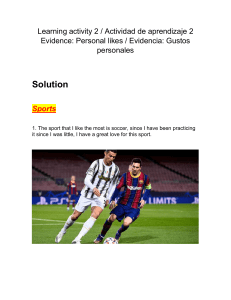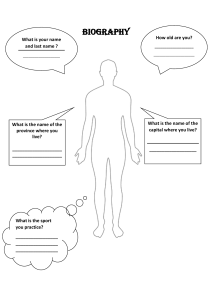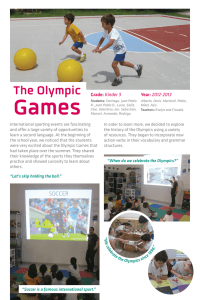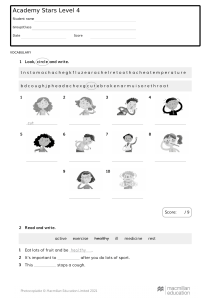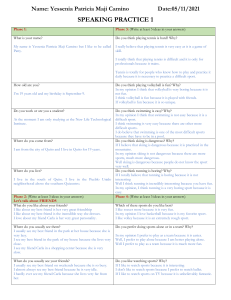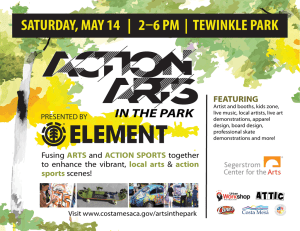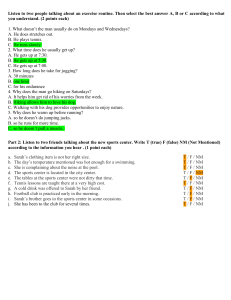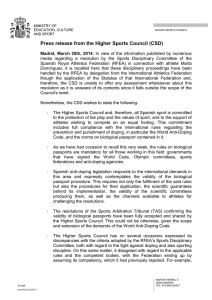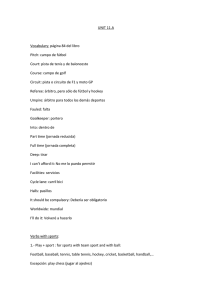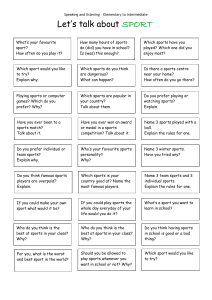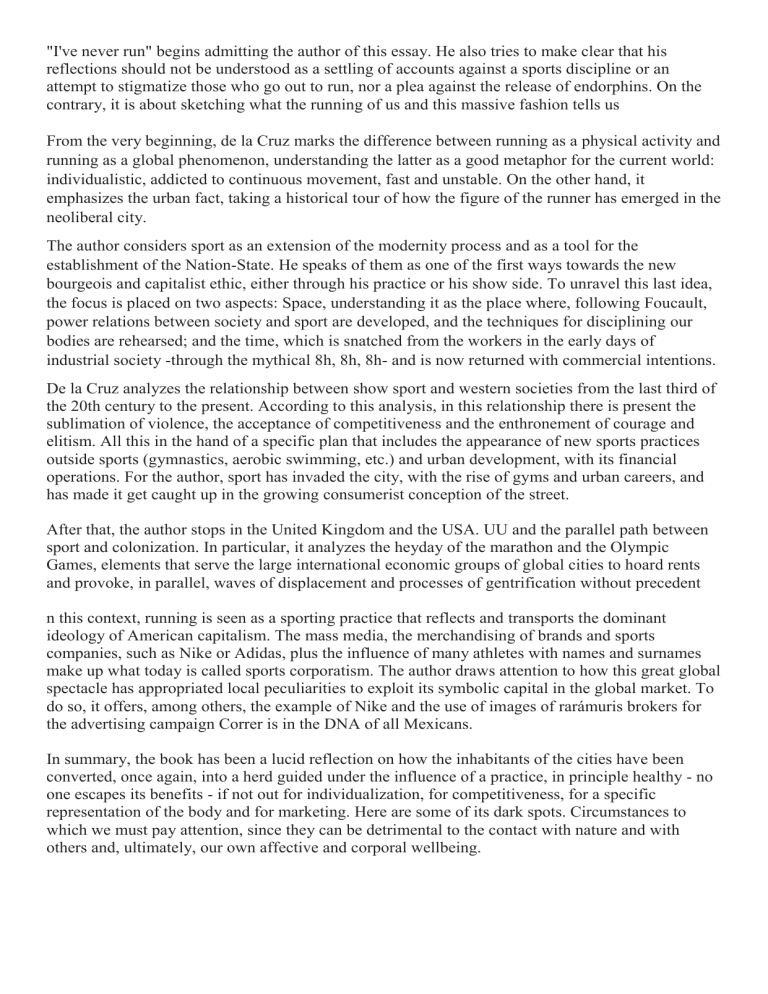
"I've never run" begins admitting the author of this essay. He also tries to make clear that his reflections should not be understood as a settling of accounts against a sports discipline or an attempt to stigmatize those who go out to run, nor a plea against the release of endorphins. On the contrary, it is about sketching what the running of us and this massive fashion tells us From the very beginning, de la Cruz marks the difference between running as a physical activity and running as a global phenomenon, understanding the latter as a good metaphor for the current world: individualistic, addicted to continuous movement, fast and unstable. On the other hand, it emphasizes the urban fact, taking a historical tour of how the figure of the runner has emerged in the neoliberal city. The author considers sport as an extension of the modernity process and as a tool for the establishment of the Nation-State. He speaks of them as one of the first ways towards the new bourgeois and capitalist ethic, either through his practice or his show side. To unravel this last idea, the focus is placed on two aspects: Space, understanding it as the place where, following Foucault, power relations between society and sport are developed, and the techniques for disciplining our bodies are rehearsed; and the time, which is snatched from the workers in the early days of industrial society -through the mythical 8h, 8h, 8h- and is now returned with commercial intentions. De la Cruz analyzes the relationship between show sport and western societies from the last third of the 20th century to the present. According to this analysis, in this relationship there is present the sublimation of violence, the acceptance of competitiveness and the enthronement of courage and elitism. All this in the hand of a specific plan that includes the appearance of new sports practices outside sports (gymnastics, aerobic swimming, etc.) and urban development, with its financial operations. For the author, sport has invaded the city, with the rise of gyms and urban careers, and has made it get caught up in the growing consumerist conception of the street. After that, the author stops in the United Kingdom and the USA. UU and the parallel path between sport and colonization. In particular, it analyzes the heyday of the marathon and the Olympic Games, elements that serve the large international economic groups of global cities to hoard rents and provoke, in parallel, waves of displacement and processes of gentrification without precedent n this context, running is seen as a sporting practice that reflects and transports the dominant ideology of American capitalism. The mass media, the merchandising of brands and sports companies, such as Nike or Adidas, plus the influence of many athletes with names and surnames make up what today is called sports corporatism. The author draws attention to how this great global spectacle has appropriated local peculiarities to exploit its symbolic capital in the global market. To do so, it offers, among others, the example of Nike and the use of images of rarámuris brokers for the advertising campaign Correr is in the DNA of all Mexicans. In summary, the book has been a lucid reflection on how the inhabitants of the cities have been converted, once again, into a herd guided under the influence of a practice, in principle healthy - no one escapes its benefits - if not out for individualization, for competitiveness, for a specific representation of the body and for marketing. Here are some of its dark spots. Circumstances to which we must pay attention, since they can be detrimental to the contact with nature and with others and, ultimately, our own affective and corporal wellbeing.
